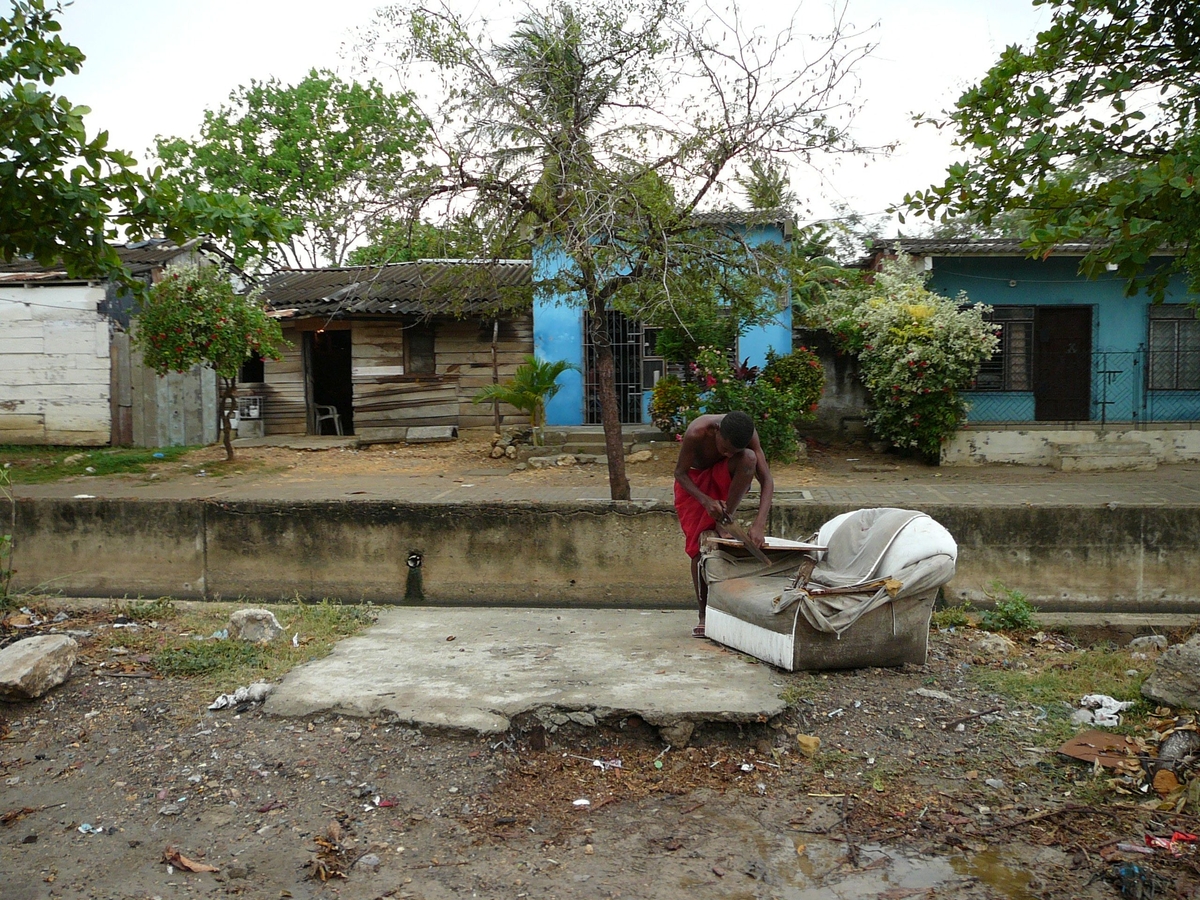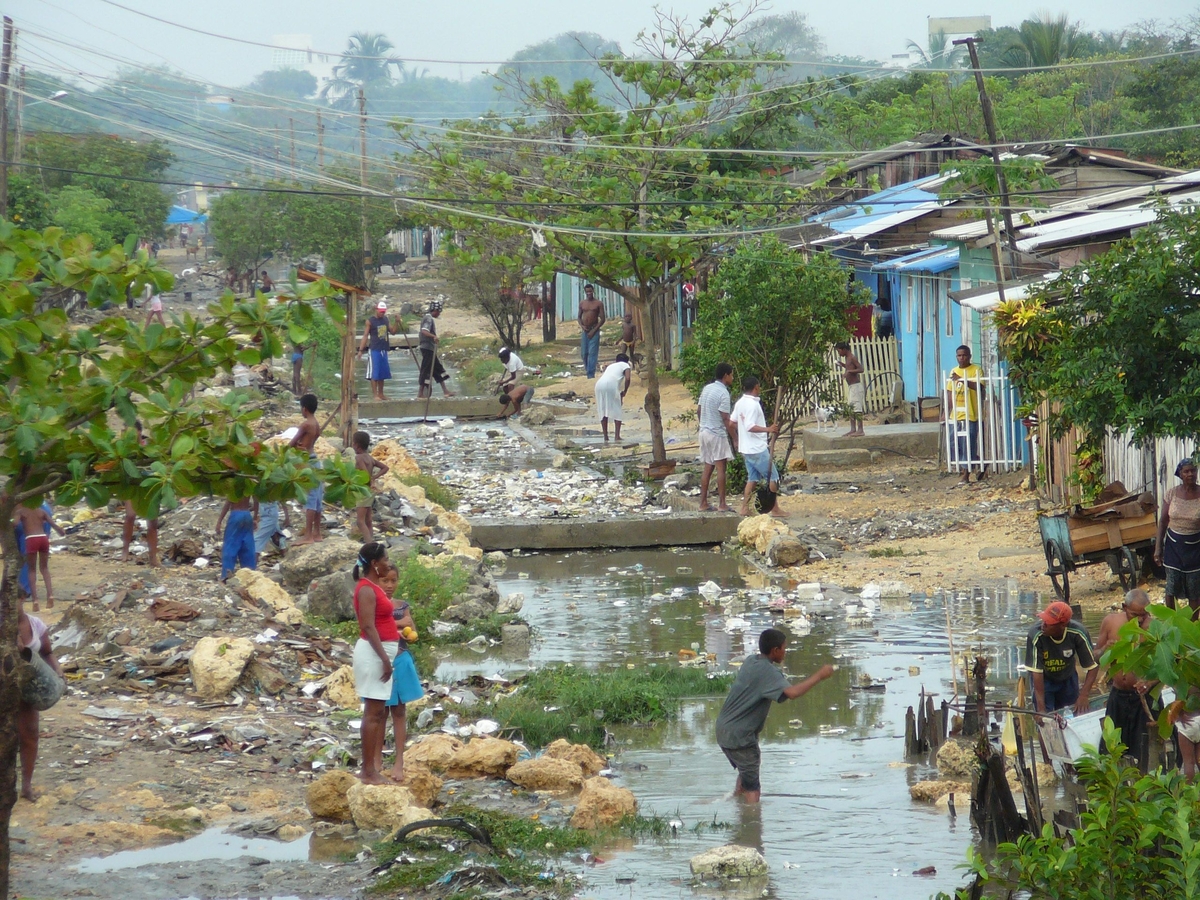Blog
Migration and Cities in the LAC region
Authors: Ana Ruiz Nieves, Anacláudia Rossbach, Alfred Woeger and David Khoudour
Countries in Latin America and the Caribbean region (LAC) are currently facing some of the most important migration challenges in their history. On the one hand, the political, economic, and social crisis in Venezuela has resulted in a massive exodus of the population to the entire region. On the other, the growing vulnerability in Central America has contributed to increasing migratory movements to the north of the hemisphere. This double migration pressure implies new challenges for transit and destination cities, in terms of access to services, socioeconomic inclusion, and civic coexistence.
The emergence of the COVID-19 epidemic brought to evidence structural issues that affect the region, especially the prevalence of informality of land and labour. In this context, following basic hygienic guidelines such as “stay at home” and “social distancing” is challenging for many vulnerable people, due to major housing and infrastructure gaps, as well as high levels of density at both community and household levels. The pandemic induced recession in both economic activity and employment, will also affect the poorest segments of society and increase migrants’ vulnerability.
Migration generates territorial vulnerabilities
New migration dynamics generate pressure on transit and host territories in the demand for basic services and the use of public spaces, especially in their informal occupation. Thus, they contribute to increasing housing overcrowding and shortage. This occurs in a region where 24% of the urban population lives already in precarious settlements.
Migrants not only travel to other countries, but they also prefer to settle in specific cities. Migration to urban areas manifests itself differently between large cities and small urban areas. The size of host and transit cities also influences the identification of urban and territorial vulnerabilities. Small and intermediate cities, which have a lower institutional and budgetary capacity, have more difficulty managing the combined demands of the migrant population and host communities.

Metropolitan areas as the main points of arrival of migrants play an essential role in the formulation of reception policies. The lack of coordination between municipalities increases the pressure in their peripheral areas. The impact of migration is accentuated in the border areas of the receiving countries, which often bear a disproportionately high burden, especially in the context of mass displacement.
Female migrants are often the invisible part of migration processes. They are more exposed to exploitation, sexual abuse, unemployment, and lack of decent jobs.
In this context, there is a clear and relevant need to collect spatialized data on migrant profiles and make it available to all the actors involved. This will allow to identify vulnerabilities at regional, city, and neighbourhood levels, and to develop tailored evidence-based policies and programmes. Female migrants are often the invisible part of migration processes. They are more exposed to exploitation, sexual abuse, unemployment, and lack of decent jobs. Undocumented migrants and unaccompanied children should also benefit from specific protection. Other equally vulnerable categories are migrants with disabilities and chronic diseases, such as HIV / AIDS, and mental health conditions.
Migration as an opportunity
Migration represents a great opportunity for cities. The newcomers’ cultural and educational background can enrich Latin America’s cultural diversity as they bring a valuable set of skills, talents, and abilities. Cities can make use of this diversity to boost social transformation, innovation and local development, and foster long-term prosperity.
To make this happen, it is important to distinguish between emergency / humanitarian response and long-term planning. In Guatemala for instance, the Avina Foundation supports the integration of migrants returning from the United States into the local labour market, through partnerships with the private sector and the promotion of holistic public policies.
From the urban planning standpoint, projected growth and urban regeneration plans should factor in migration-related needs, including adequate housing policies that offer integrated solutions to migrants and the local population, avoiding socio-spatial segregation. With regards to urban management, transit and host cities can benefit from strengthening their infrastructure, public spaces, services, and urban facilities to respond to the newcomers’ demand.

Proper urban planning contributes to more inclusive cities and prevents tensions and inequalities. Migrants’ needs in terms of housing should be taken into account, and they must be treated as equal rights citizens. Cities can promote fair and equitable conditions for access to housing for migrants. In this sense, it is useful to raise awareness and report discriminatory practices based on nationality, ethnicity, religion, gender, or sexual orientation.
In terms of development and social integration, existing capacities at the local level need to be recognized. It is necessary to reinforce local governments’ development agenda, promoting initiatives of labour insertion, entrepreneurship, financial and social inclusion, specifically focused on migrants. It is also essential to work with local populations, raising their awareness through educational actions and the provision of statistical data to combat discrimination, racism, xenophobia, prejudice, and hate.
At the national policy level, it seems relevant to guarantee the subsidized right to services such as education, health, and housing, based on data on migration realities in territories. Decision-making must be generated in a space where the various social groups, including migrant associations, migrants, and displaced persons, are legitimately represented in the formulation, execution, and monitoring of public policies, in a way that everyone can exercise their right to the city through solid mechanisms of local governance.
The role of international cooperation
International cooperation has a major role to strengthen the migration agenda through three fundamentals pillars:
- Technical assistance to governments and local government organisations: to develop specific approaches in social and urban policies that match migrant’s needs and take into account the dimensions of economic growth, social inclusion, and environmental protection.
- Expand migrants’ social rights: to foster a change in society's negative perception towards migrants, contributing to the fight against xenophobia and discrimination.
- Exchange of good practices: to improve and increase knowledge sharing, and collaboration between cities, regions, and countries. Existing city networks, particularly the Global Forum on Migration and Development (GFMD) Mayors Mechanism, represent an efficient process to strengthen the local agenda, through peer-to-peer learning and exchange of practices between municipalities of similar characteristics, or that face similar challenges and opportunities.





